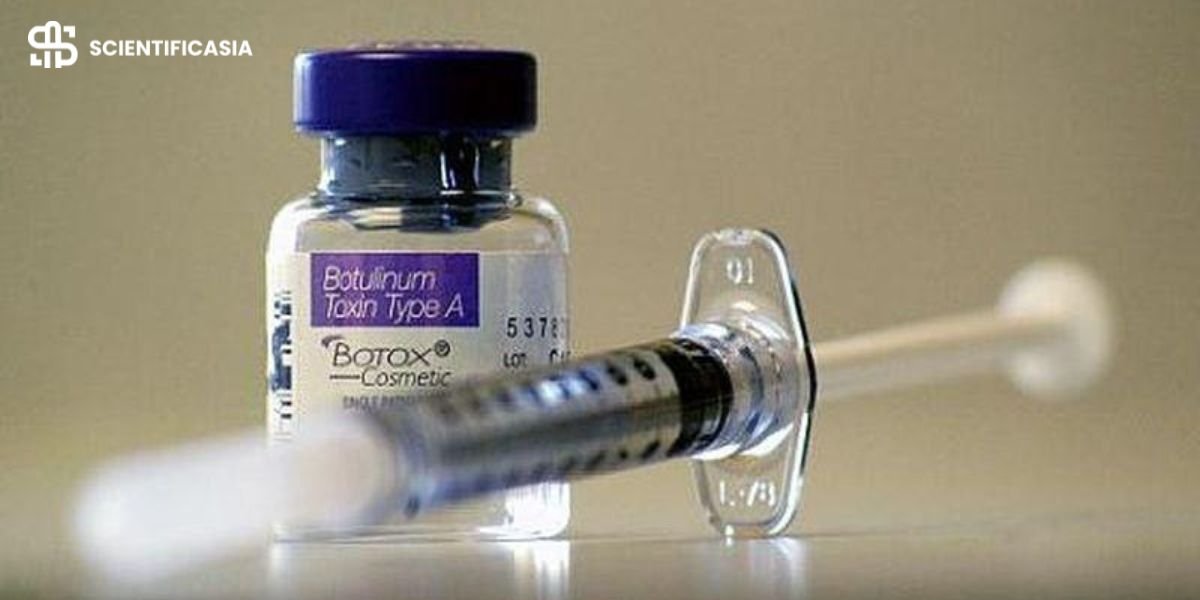No, bacteriostatic saline distilled water is not used for Botox injections. Botox is a prescription medication that comes as a powder and must be diluted with saline before administration. The proper dilution process is crucial for ensuring both the safety and effectiveness of the treatment.
Botox injections have gained popularity as a cosmetic procedure for reducing wrinkles and fine lines, as well as for treating medical conditions like overactive bladder and chronic migraines. As with any medical treatment, the quality of materials and techniques used plays a significant role in achieving optimal results. One common question is whether bacteriostatic saline distilled water is used in Botox preparations. Understanding the role of bacteriostatic saline in Botox injections highlights its importance in ensuring safe and effective treatments.
What is Bacteriostatic Saline?
Bacteriostatic saline is a sterile solution of sodium chloride (salt) in water that contains a small amount of a preservative, typically benzyl alcohol. The preservative prevents the growth of bacteria, making the solution safe for multiple uses over a period of time, as long as it is handled properly. Unlike plain distilled water, bacteriostatic saline is specifically designed for medical applications where sterility and safety are critical.
Why is Distilled Water Not Suitable for Botox?
Distilled water is pure water with no additives, meaning it lacks salts and preservatives. Using distilled water to dilute Botox can:
- Cause more discomfort during injection due to hypotonicity (lack of electrolytes).
- Potentially reduce Botox effectiveness due to improper reconstitution.
- Lead to faster breakdown of Botox because of the absence of a preservative.
The Role of Bacteriostatic Saline in Botox Injections
Botox, or botulinum toxin type A, is a neurotoxic protein that temporarily paralyzes muscles, reducing the appearance of wrinkles. It is supplied as a lyophilized (freeze-dried) powder that must be reconstituted with a liquid before injection. The choice of reconstitution solution is crucial, as it affects the stability, efficacy, and safety of the treatment.
Bacteriostatic saline is commonly used to reconstitute Botox for several reasons:
- Preservation of Sterility: The preservative in bacteriostatic saline helps maintain a sterile environment, reducing the risk of bacterial contamination during the reconstitution process. This is especially important when the same vial of Botox is used for multiple patients or over several days.
- Patient Safety: Using bacteriostatic saline minimizes the risk of infections, which is a top priority in any medical procedure. The preservative ensures that the solution remains free from harmful bacteria, even after the vial has been opened.
- Stability of the Solution: Bacteriostatic saline helps maintain the stability of the reconstituted Botox, ensuring that the neurotoxin remains effective until it is administered. This is critical for achieving the desired cosmetic results.
- Comfort During Injection: Bacteriostatic saline is isotonic, meaning it has a similar salt concentration to human bodily fluids. This reduces the risk of irritation or discomfort at the injection site, making the procedure more comfortable for the patient.
Is Distilled Water Used for Botox Injections?
While distilled water is sterile and free from impurities, it lacks the preservatives found in bacteriostatic saline. Using plain distilled water to reconstitute Botox increases the risk of bacterial contamination, especially if the solution is not used immediately. For this reason, distilled water is generally not recommended for Botox injections unless it is used in a single-dose application and discarded immediately after use.
Best Practices for Botox Reconstitution
To ensure the safety and effectiveness of Botox injections, healthcare providers should follow these best practices:
- Use Bacteriostatic Saline: Always use bacteriostatic saline to reconstitute Botox unless specifically instructed otherwise by the manufacturer or a medical professional.
- Follow Proper Handling Procedures: Maintain strict aseptic techniques when handling and reconstituting Botox to prevent contamination.
- Store Reconstituted Botox Correctly: If reconstituted Botox is not used immediately, it should be stored in a refrigerator and used within the recommended time frame (usually 24 hours).
- Consult Manufacturer Guidelines: Always refer to the Botox manufacturer’s instructions for specific recommendations on reconstitution and storage.
Conclusion
Bacteriostatic saline distilled water is a preferred choice for reconstituting Botox due to its preservative properties, which ensure sterility, safety, and stability. While distilled water may be used in certain situations, it is not the standard due to the increased risk of contamination. By adhering to best practices and using bacteriostatic saline, healthcare providers can deliver safe and effective Botox treatments, ensuring optimal results for their patients. Always consult with a qualified medical professional for guidance on the proper use of Botox and related materials.
















